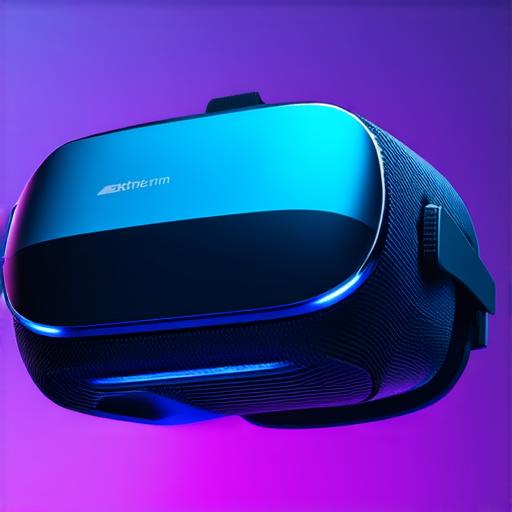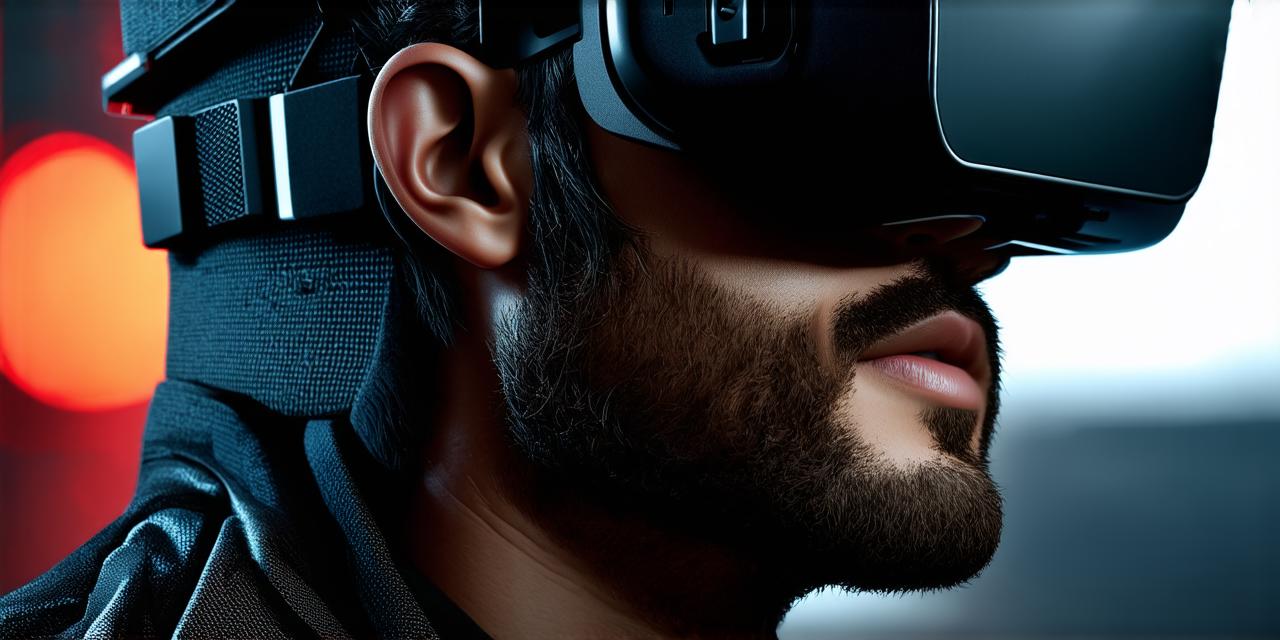Virtual reality (VR) technology has been advancing rapidly in recent years, and many people are excited about the potential for immersive experiences that can transport users to entirely new worlds.
What is Realism in Virtual Reality?
Realism in virtual reality refers to the degree to which an experience or environment accurately mimics the real world. A highly realistic VR experience should be able to trick the user’s brain into thinking that they are experiencing something real, rather than just a computer-generated simulation.
Some of the factors that contribute to realism in VR include:
- Environmental details: The more accurate and detailed the virtual environment, the more convincing it will be for the user. This includes things like lighting, textures, and sound effects.
- Body interaction: Virtual reality can be made more realistic by allowing users to interact with their bodies in a way that is similar to how they would in the real world. For example, this could include things like standing up, reaching out, or grabbing objects.
- Motion sickness: Some users may experience motion sickness when using virtual reality technology, which can detract from the realism of the experience.
The Realism of Virtual Reality in Practice
Despite the potential for highly realistic VR experiences, some developers are questioning whether this technology is truly convincing for users. While there have been many advancements in VR technology in recent years, there are still some limitations to what is possible.

For example:
- Limited field of view: The field of view in VR can be relatively limited compared to the real world, which means that users may not see as much as they would in real life. This can detract from the realism of the experience, especially if the user is trying to do something that requires a wide field of vision.
- Limited interaction: While virtual reality technology has come a long way, it still cannot perfectly replicate the interactions that are possible in the real world. For example, users may not be able to touch or feel objects in virtual reality, which can limit the realism of the experience.
- Limited tracking: Virtual reality systems require precise tracking of the user’s movements, which can be difficult to achieve in some cases. This can lead to latency and other issues that can detract from the realism of the experience.
Case Studies: Real-Life Examples of VR Technology
Despite these limitations, there are many real-life examples of virtual reality technology being used effectively in a variety of fields. For example:
- Healthcare: Virtual reality can be used to simulate medical procedures, allowing doctors and nurses to practice new techniques before performing them on real patients. This can help improve patient outcomes and reduce the risk of errors during surgery.
- Education: Virtual reality can be used to create immersive learning experiences that allow students to explore new environments and ideas in a way that is not possible with traditional teaching methods. For example, a virtual field trip to a museum or historical site can provide students with a much more engaging and memorable experience than reading about it in a textbook.
- Gaming: Virtual reality technology has been used to create highly immersive gaming experiences that allow players to feel like they are truly part of the game world. For example, a virtual reality first-person shooter game can provide players with a level of realism that is not possible with traditional gaming methods.
